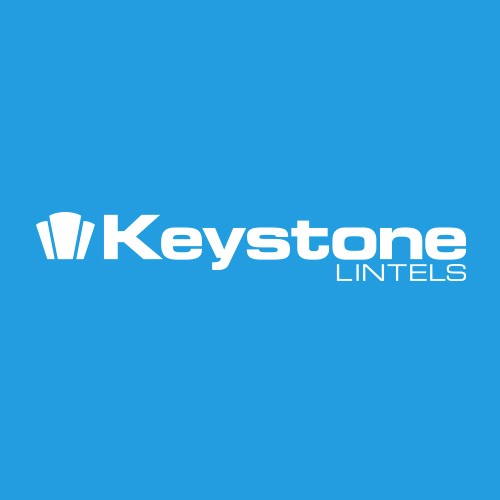Gaining Compliance with Part F
With Government working towards ‘Nearly Zero Energy Buildings by 2020’, compliance to building regulations introduces new challenges to designers and specifiers, particularly as we move closer to the zero carbon homes target.
Amendments to Building Regulations Part F (Northern Ireland) were unveiled on 25th February 2014. These changes have placed a greater emphasis on limiting heat loss through the fabric of a new building. Improving the building envelope is recommended to ensure that new buildings do not exceed the Target Carbon Dioxide Emission Rate (TER). The performance of a dwelling is assessed through SAP 2009 calculations to determine if the Dwelling Carbon Dioxide Emission Rate (DER) is less than the stated TER. Appendix K of SAP 2009 has default psi values for the various junctions within a building. They are used in calculations to determine if a dwelling has been designed to comply with building regulations.
The new Psi value for Lintels in the building regulations appendix K is 0.5W/m.k for steel lintels with a perforated base plate and 0.3W/m.k for other lintels. Keystone’s award winning Hi-Therm lintel has a Psi value of 0.05 W/m.k, which is ten times more thermally efficient than the default values and is the most thermally efficient one piece lintel on the market. If standard steel lintel Psi values were used, designers may have to compensate for the performance deficit elsewhere in the design by lowering wall u-values, upgrading windows to triple glazed, or perhaps the introduction of costly bolt on renewables such as solar panels ultimately adding additional cost. Remodelling the SAP calculations to include the Hi-therm value of 0.05 W/m.k can help eliminate the need for these expensive bolt-ons.
Fabric First Approach
This new requirement will see a major change in the way designers have to approach building design through specification of enhanced products and improving the dwellings fabric with an emphasis on improving thermal bridging. This is based on the principle of preventing energy waste by ensuring that the fabric of the building is adequately insulated and airtight and is preferable to the use of costly bolt on renewables such as solar panels and heat recovery systems. The fabric of the building remains for the life time of the building therefore it will continuously perform as designed.
Why Lintel Choice is Vital
Statistics show that up to 35% of heat loss in a dwelling is through thermal bridging. Lintels are one of the single most influential contributing factors which can improve a dwellings SAP calculation and Fabric Energy Efficiency.
Improving the lintel value alone can significantly improve the SAP calculation, negating the need for less onerous requirements to upgrade the fabric elsewhere. It is essential therefore that specified lintels are able to demonstrate robust thermal performance, as well as fulfilling their primary function, to provide structural support.
SEE ALSO: What is Hi-Therm?


